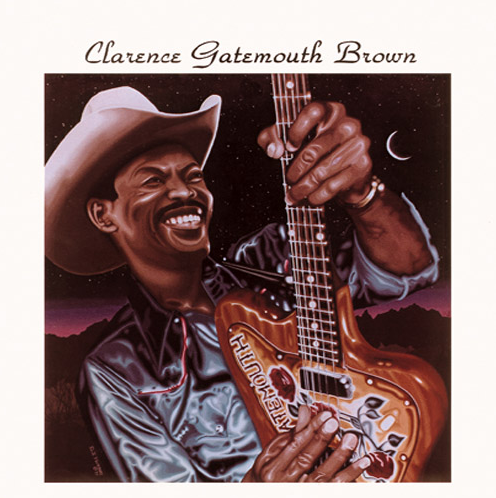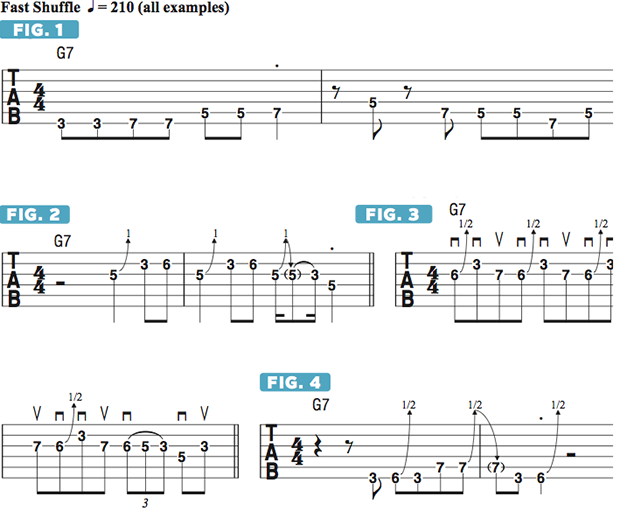"Boogie Uproar" — The Up-Tempo Soloing Style of Clarence "Gatemouth" Brown

Sixty years ago, barely a decade into the electric guitar era, Clarence “Gatemouth” Brown unleashed one of the wildest guitar instrumentals ever captured on record.
“Boogie Uproar” was just that, a dose of pure, in-your-face electric energy that musically linked the past—the sophistication of swing—to the future: the raw ferocity of rock and roll.
Brown launched his career in 1947 on the heels of fellow Texas guitarist T-Bone Walker, the original architect of the electric blues guitar single-note soloing style. While influenced by Walker, Brown favored a far more aggressive barehanded attack through a cranked-up amp, a sound that he further enhanced by ditching his hollowbody Gibson L-5 for the radical new Telecaster.
Combined with an impeccable sense of rhythm and a wild imagination, the result was a distinctive, white-knuckled style that inspired players like Guitar Slim, Johnny “Guitar” Watson and Albert Collins.
“Boogie Uproar” is essentially a musical sparring match between Brown and various members of his band over a fast 12-bar blues in G. The main theme (similar to FIGURE 1) is a syncopated twist on the standard jump blues walking-bass pattern.
To emulate Brown’s sound and playing approach, capo at the third fret, in which case all notes tabbed at the third fret are equivalent to open strings, and pluck aggressively with your bare thumb and fingers to create a dynamic, percussive attack.
One of the prime lessons of “Boogie,” and of Brown’s style in general, is the importance of a strong opening phrase. Each of his five solo choruses opens with a distinctive idea, ranging from classic blues (similar to FIGURE 2) to pure energy (FIGURE 3; note the unorthodox fingering and the recommended picking pattern) to twisted (a rubbery bass-string lick like FIGURE 4) to silly (“Here Comes the Bride”) to mocking (a playground taunt, like the first four bars of FIGURE 5).
All the latest guitar news, interviews, lessons, reviews, deals and more, direct to your inbox!
Once we’re hooked, Brown can opt either to stretch the same idea or switch to more interchangeable phrases (similar to the last eight bars of FIGURE 5) while preparing the next treat.
Brown’s more restrained 1954 instrumental masterpiece “Okie Dokie Stomp” would ultimately become his signature tune, but few moments in guitar history match the pure reckless enthusiasm of “Boogie Uproar.” It’s a one-finger salute from a true American original.


